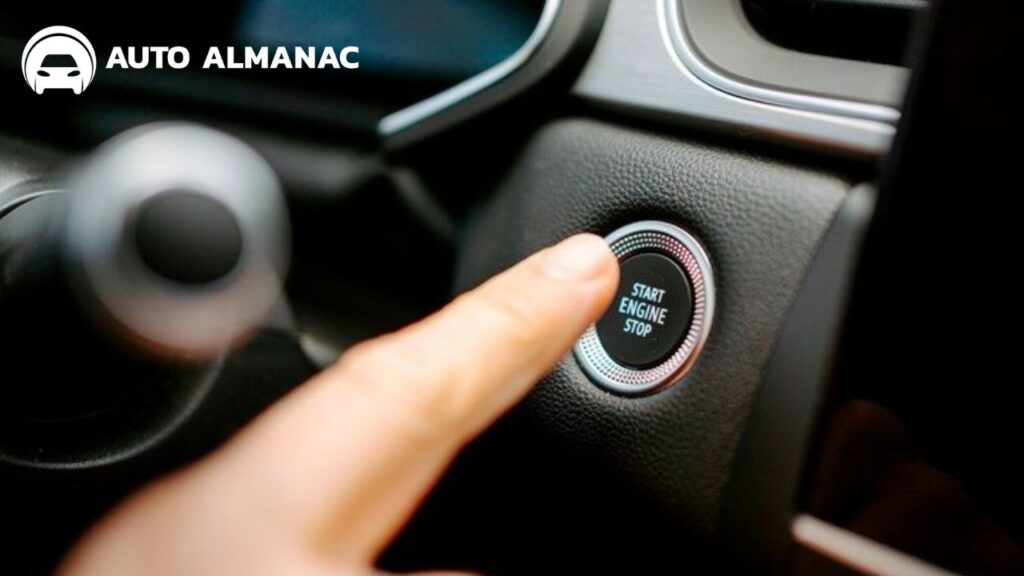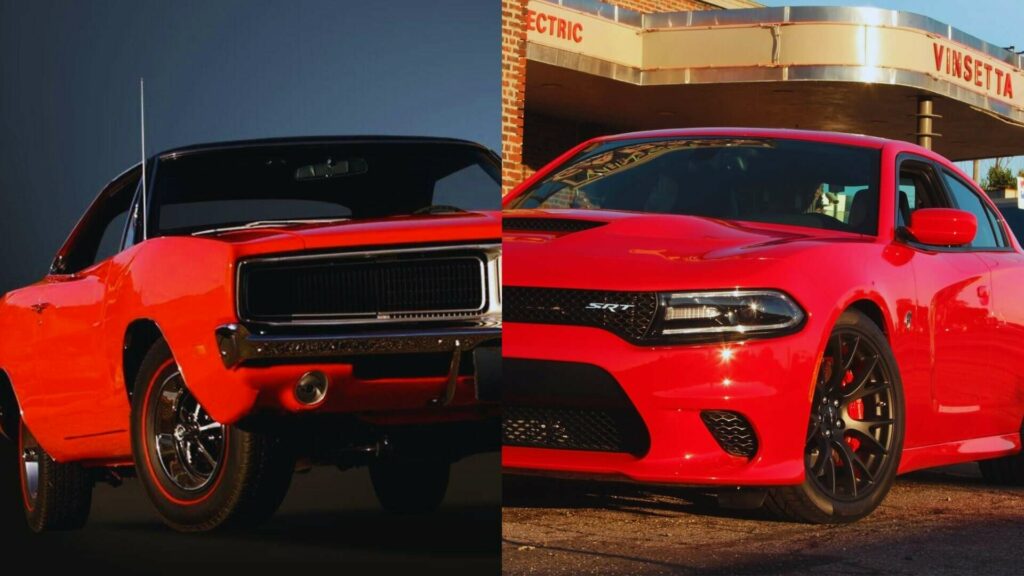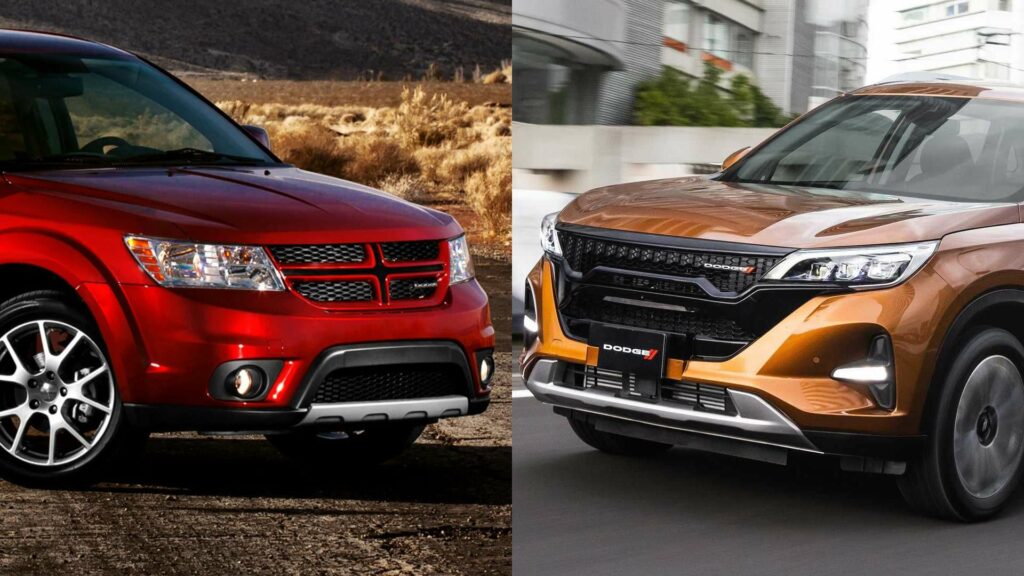One of the most exciting things about being a car enthusiast is finding out about the latest tech features. All the car brands usually try to outdo one another with whatever advanced tech they can come up with.
However, I feel like this attitude has made some of us forget just how far vehicle technology has come. Like how, at one point, having a push-button start feature was considered luxurious and futuristic. But nowadays, it’s swiftly becoming the standard.
From what I’ve heard, not everyone is happy about this change, though. A lot of drivers still prefer the simplicity and feel of using mechanical keys over having a keyless ignition system.
If you’re one of those people, you’ve come to the right place. We’ve compiled a list of car models that still use traditional keys below.
What is a push-button start feature?
A push-button start is an electric feature that allows drivers to turn on their car’s engine without using a mechanical key. This feature usually comes with a key fob that’s mainly used to communicate with the car’s keyless entry system.
The push-button start feature was originally introduced by Cadillac all the way back in 1912. However, it wasn’t until the early 2000s that it gained popularity.
By the 2010s, more than half of all the cars sold in America had the feature. And just a few years later, virtually 100% of all the new cars released in America operate with a push-button start function.
Naturally, it’s not that easy to completely change something that’s been around for decades. Some car brands still choose to make vehicles that use traditional keys. Below, you’ll find modern cars without a push-start feature.
8 Car Models That Don’t Have a Push-Start Button
1. Toyota Corolla LE (2024)

Toyota surprised everyone when it brought back mechanical keys in the early 2020s. By this point, it was expected that most major car brands would be turning to keyless car systems.
As it turns out, this move had very practical reasons behind it. At the time, there was an international shortage of semiconductor chips, which are important components used in making a key fob.
The decision to switch back to mechanical keys allowed Toyota to avoid delays and continue the production of its cars. One of the models included in this decision was their bestselling Toyota Corolla.
The Corolla is Toyota’s most popular car, with over 50 million units sold worldwide as of 2021. It’s known as an affordable yet reliable car, with a 5-star safety rating from the NHTSA.
When it comes to design and specs, it mostly prioritizes function over aesthetics. It’s essentially a compact car with limited seating that’ll get you where you want to go.
Consumers can opt for higher trim levels if they want to increase the Corolla’s features and level of comfort. However, the only trim level without the push-start button feature is the Toyota Corolla LE, or the base model.
2. Toyota Camry LE (2019)
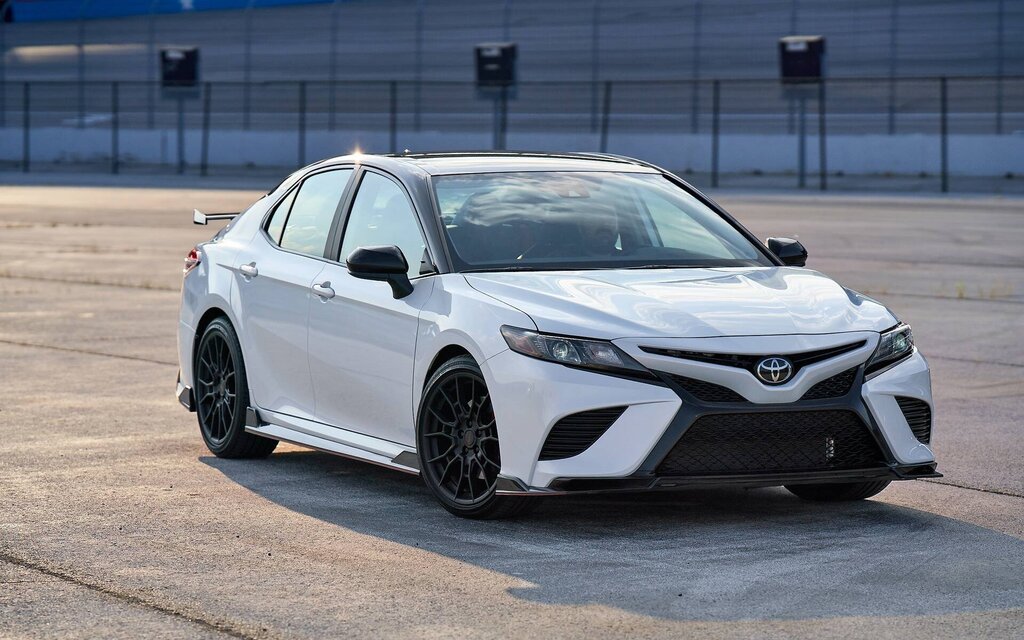
Another Toyota model that was affected by the semiconductor chip shortage was the Camry. This model is commonly known as the option for those who want something a bit more refined than the Corolla.
This mid-size sedan can seat 5 people comfortably and has a pretty powerful engine. But similar to the Corolla, only the Camry’s base model (the Camry LE) comes without the push-button start feature.
Drivers would have to go for the pricier trims, like the SE Nightshade or XLE, if they’d like the push-to-start function. But even just as a base model, Car and Driver already gave the Camry an 8 out of 10 rating.
It’s also worth mentioning that the Toyota Camry is considered to have good resale value compared to its competitors. And despite not being as popular as the Corolla, there’s still a high demand for it in the market.
3. Toyota Highlander LE (2019)

Sedans weren’t the only category in Toyota’s lineup that was affected by the semiconductor chip shortage. The 2019 Toyota Highlander, a mid-size SUV, also used a mechanical key for the base model LE trim.
This wasn’t a huge shock since the Highlander wasn’t exactly known as an advanced SUV at the time. In 2019, it still didn’t have a lot of the smart features that were already integrated into its competitors, such as Apple CarPlay.
And yet, this didn’t affect its status as one of the best family cars out there. Its spacious interiors and smooth handling were a big selling point. It also had several safety and driver assistance features that many owners appreciated.
In the succeeding years, the Highlander maintained this reputation, and it continues to appease even the most demanding Toyota fans out there.
One of the very few things that changed is that by 2021, Toyota decided to upgrade the Highlander a bit and finally made the push-start button standard across all trim levels.
4. Honda Civic LX (2020)
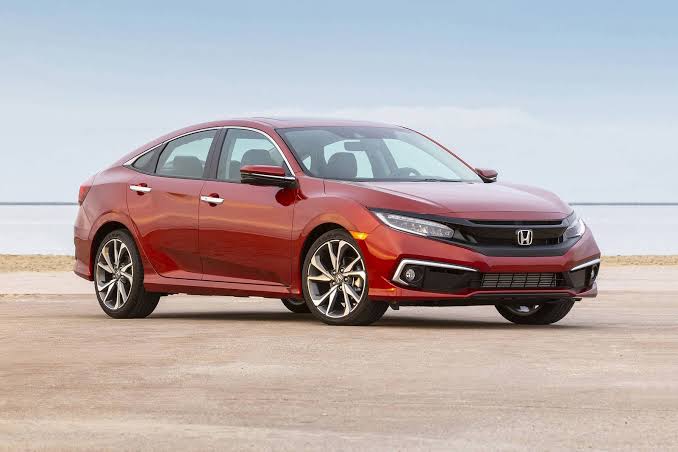
When it first came out, the 2020 Honda Civic consistently got the highest ratings in its category. Car and Driver crowned it the #1 Best Compact Car of 2020 with a rating of 9.5 out of 10, and it got a 4.7 out of 5 consumer rating from Kelley Blue Book.
Many raved about its comfortable interiors, turbocharged engine, and design variation. Experts especially loved that it had 5 available trim levels: the LX, Sport, EX, EX-L, and Touring.
The Civic’s base model, or the LX, is the only one without the push-button start feature. It’s worth mentioning that this trim level had remote keyless entry, though, so it still came with a remote fob.
Even though it was the entry-level trim, many still preferred the LX for its affordability. It may not have the luxurious features that the other trims did, such as premium sound systems and heated seats, but it still performed pretty well.
Plenty of consumers are also attracted to the 2020 Civic for the amazing combination of its high resale value and low maintenance costs. It’s definitely one of the more sensibly priced car choices out there that doesn’t sacrifice quality.
5. Mitsubishi Mirage ES (2024)

The Mitsubishi Mirage mainly found its audience in Asian countries like Thailand and the Philippines. Unfortunately, it failed to succeed in the West, despite the brand’s efforts.
The Mirage didn’t capture the hearts of Americans with its practicality. Consumers seemed to prefer its competitors for their striking designs and more powerful engines.
It’s such an unpopular line that Mitsubishi announced that they’ll be discontinuing it in America by 2024.
However, economical buyers can still turn to its latest model year for its frugal fuel economy and compact size. Other than that, it doesn’t have much else to offer.
Because of its simplicity, most experts recommend getting the base ES trim if you really have your eyes set on this car. This is the Mirage’s only trim level without a push-start button.
Drivers aren’t advised to buy the Mirage’s more expensive trim levels since they don’t bring much to the table. But if you have the budget to spare on these trims, you’re better off with its competitor: the Nissan Versa S.
6. Nissan Versa S (2024)
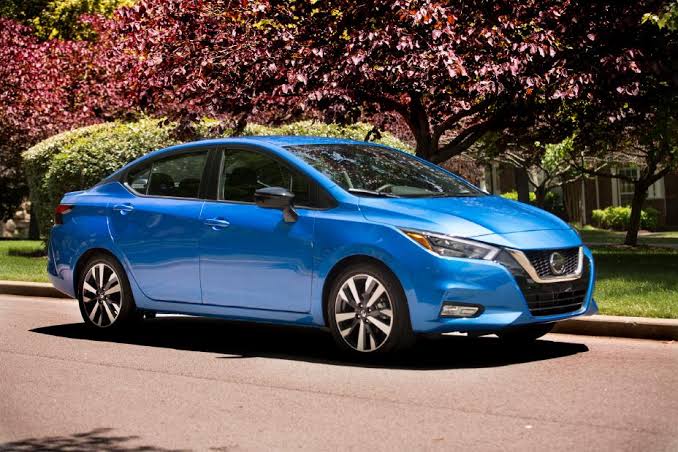
Although not a very powerful car, the Nissan Versa reigns supreme in its category. It managed to outlast its competitors, the Mitsubishi Mirage and the Kia Rio, which are both getting discontinued after 2024.
Its sleek design, spacious cabin, and safety features gave it a huge boost among the other cars in its category. However, it’s still considered one of the cheaper cars on the market, so don’t expect too much.
The biggest complaint about the Versa is that it has slow acceleration. Car enthusiasts also noticed that there isn’t much of a difference between this 2024 variant and the previous model year, despite the gap in their prices.
The base model, or the S model, is too plain for many experts as well. This is likely why it’s the only trim that doesn’t have a push start button.
If you think the Nissan Versa S is for you, it’s recommended to go for the higher trim levels. You can consider the SV for its better infotainment system or the SR for its sportier design and luxurious interiors.
7. GMC Canyon Denali (2019)
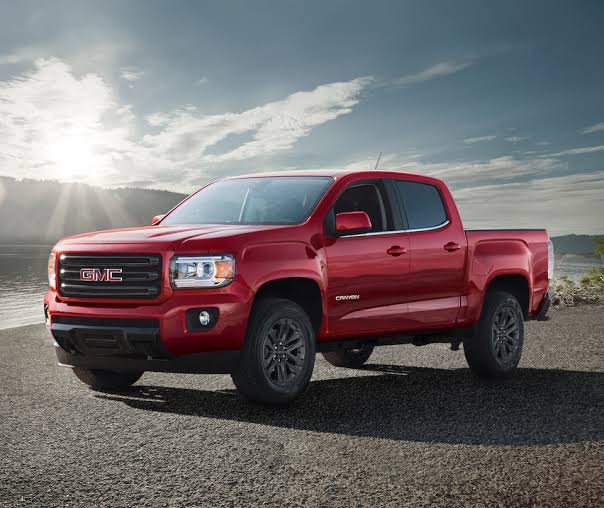
Affordable cars aren’t the only ones that still go back to mechanical keys from time to time. In fact, some high-end car enthusiasts prefer the simplicity of physical keys, and the 2019 GMC Canyon Denali is a great example of this.
This is a luxury mid-size pickup truck that doesn’t have a push start button in its base model. Despite having premium features and a sleek design, GMC chose to go with a mechanical key to keep it straightforward and more reliable for their audience.
Instead, they decided to focus their efforts on the car’s functionality. They gave the Canyon an impressive towing capacity while keeping it easy to handle and maneuver.
They didn’t forget about the interiors as well. They splurged on leather heated seats and a leather steering wheel, and gave the rear view camera a new high-resolution upgrade.
The Canyon’s dashboard layout also deserves some recognition. GMC made the interiors appear quite rustic, so the use of a mechanical key fits in perfectly. A push-start button would simply look out of place in this design.
8. Subaru Forester (2022)
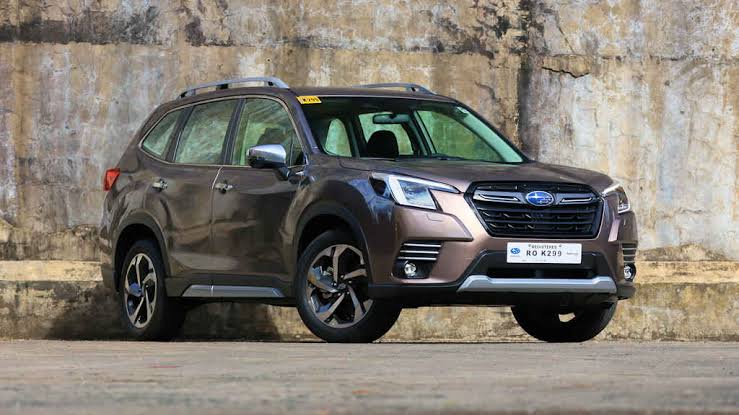
The Subaru Forester is one of the most well-loved cars in America, and it’s mainly thanks to its image. When people say they want a Forester, they don’t just mean the car; They also want the lifestyle that comes with it.
In America, a Forester is synonymous with adventure. The car’s standard all-wheel drive, roomy cargo space, and reliability are some of the biggest reasons why outdoor enthusiasts go for this car.
It’s also a huge advantage that it comes with a wide range of trims. Its base model, simply referred to as the Forester, is already well-equipped for moderate off-terrain driving. This is also the only trim without a push-start button.
Trims like the Forester Sport and Forester Wilderness are designed for more extreme off-roading, with tougher suspensions and increased durability for severe weather conditions.
On the other hand, the Forester Limited and Forester Touring trims are meant to enhance the driving experience through premium features. This includes gesture climate control capabilities and leather interior details.
